Week 9
Computational Sociology
Christopher Barrie
Introduction
- Housekeeping
- Social media tracking and NLP
Introduction: Social media tracking Cao, Lindo, and Zhong (2022)
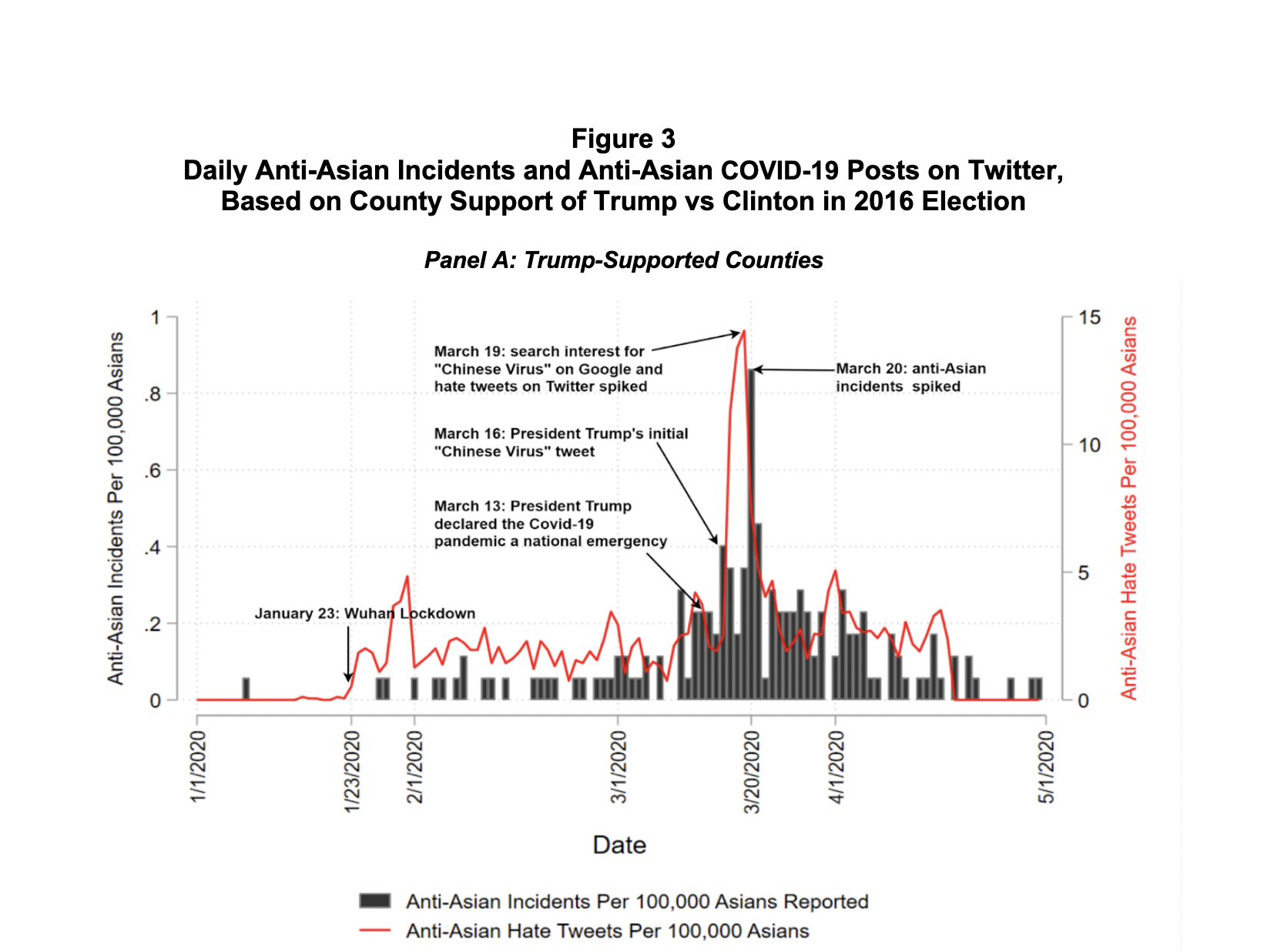
Introduction: Social media tracking Alshaabi et al. (2021)
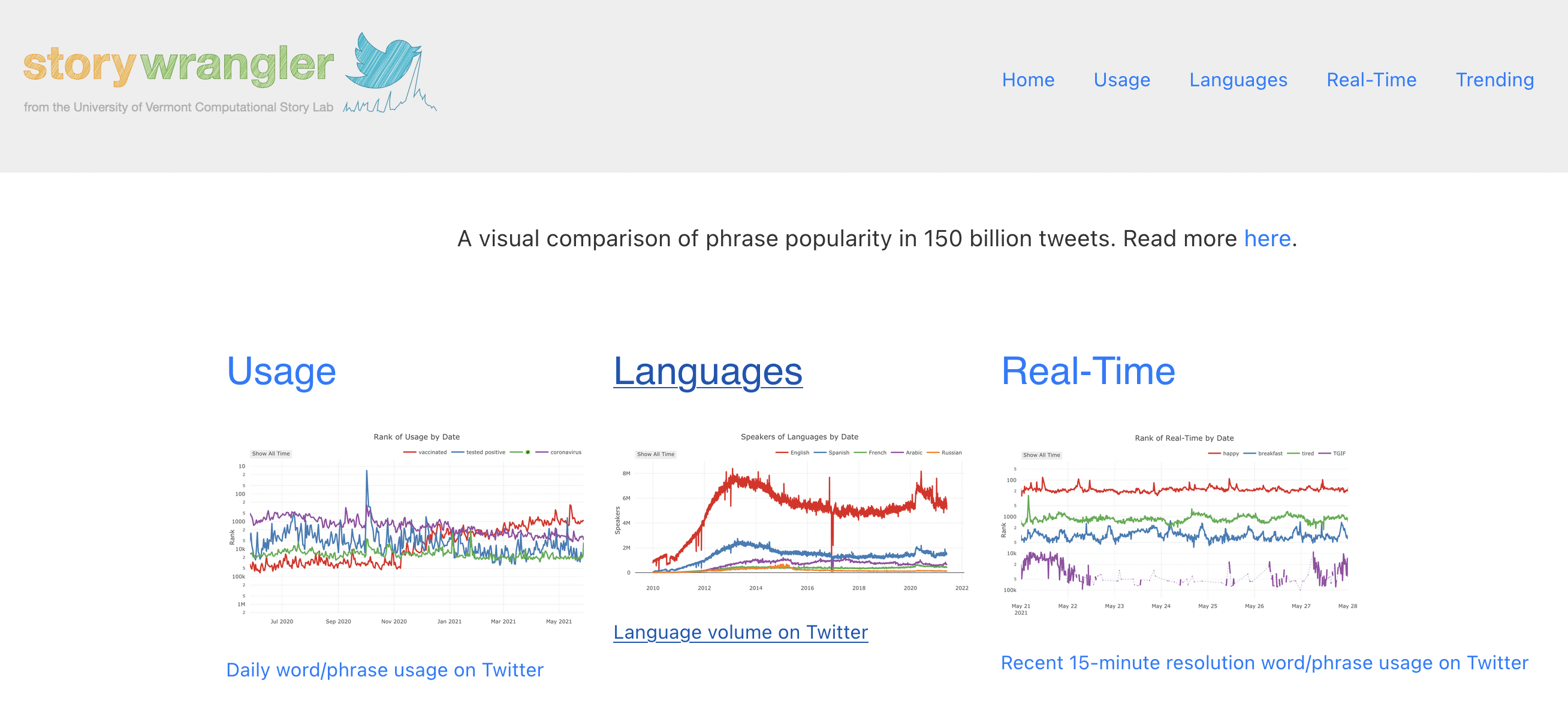
Introduction: Social media tracking and NLP Waller and Anderson (2021)
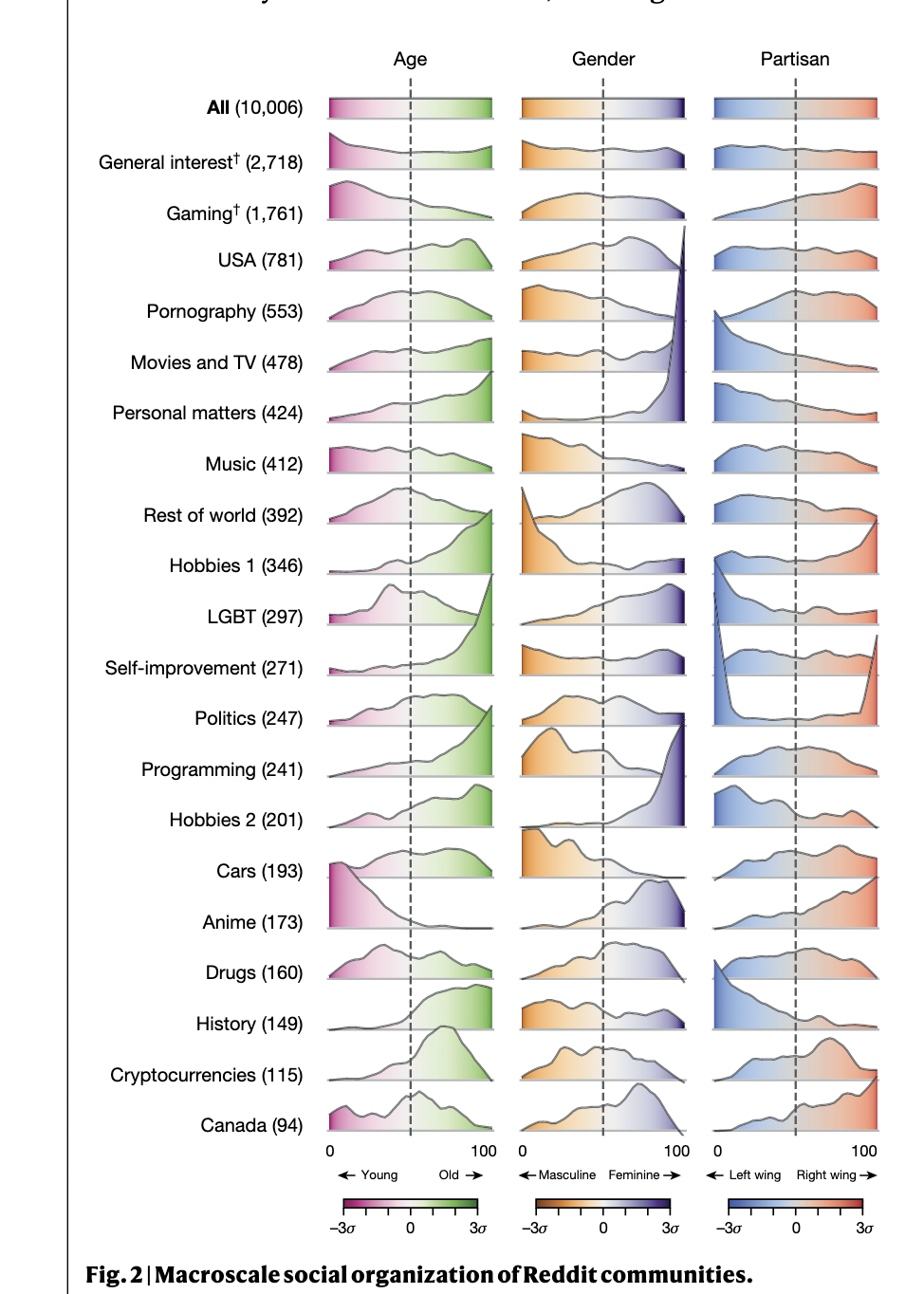
Social media tracking… why?
To provide a historical archive
utterances online are consequentiall
- therefore need to be documented… see e.g. LOC
Social media tracking… why?
To measure experimental outcomes
we’ve seen how social media can be used as experimental platform
- and by tracking we can measure over-time changes (equivalent of follow-up)
Social media tracking… how?
After the event
Live streaming (w/ API endpoint/scraping tool)
Social media tracking… how?
- After the event
Using e.g., Twitter API
- Searching for keywords/users
Using e.g., Reddit data dumps
- Identifying users and posts
Social media tracking… how?
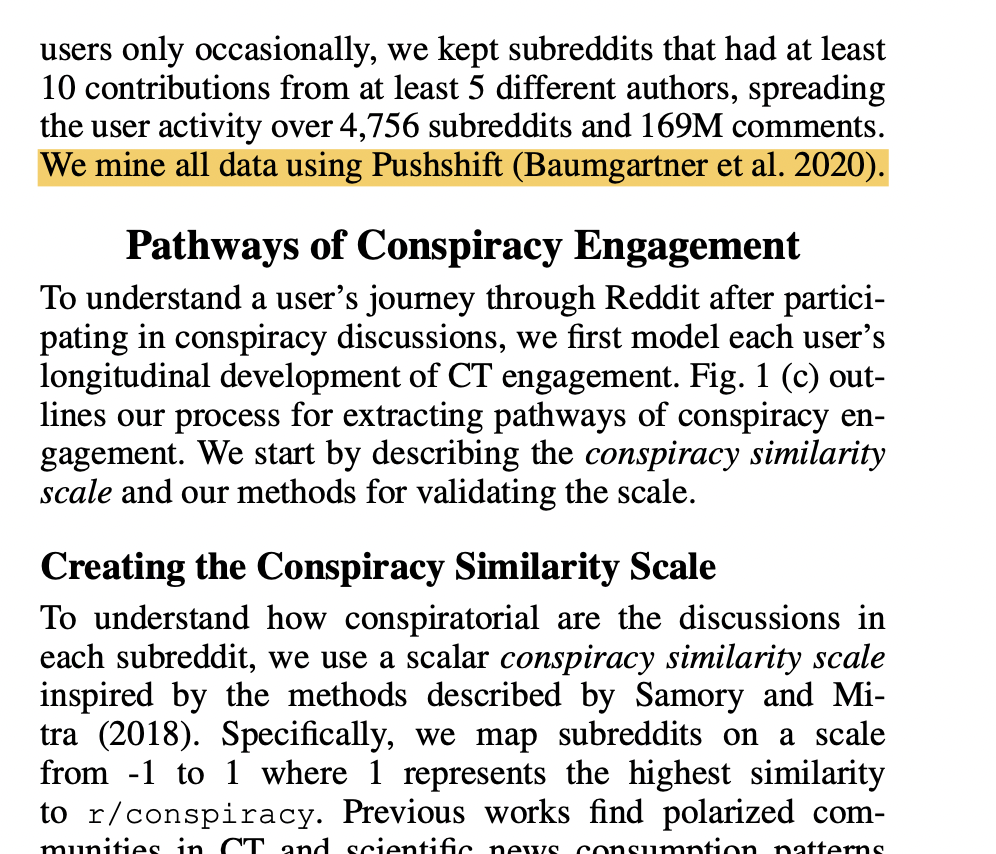
Social media tracking… how?
- Live streaming (w/ API endpoint/scraping tool)
Social media tracking… how?
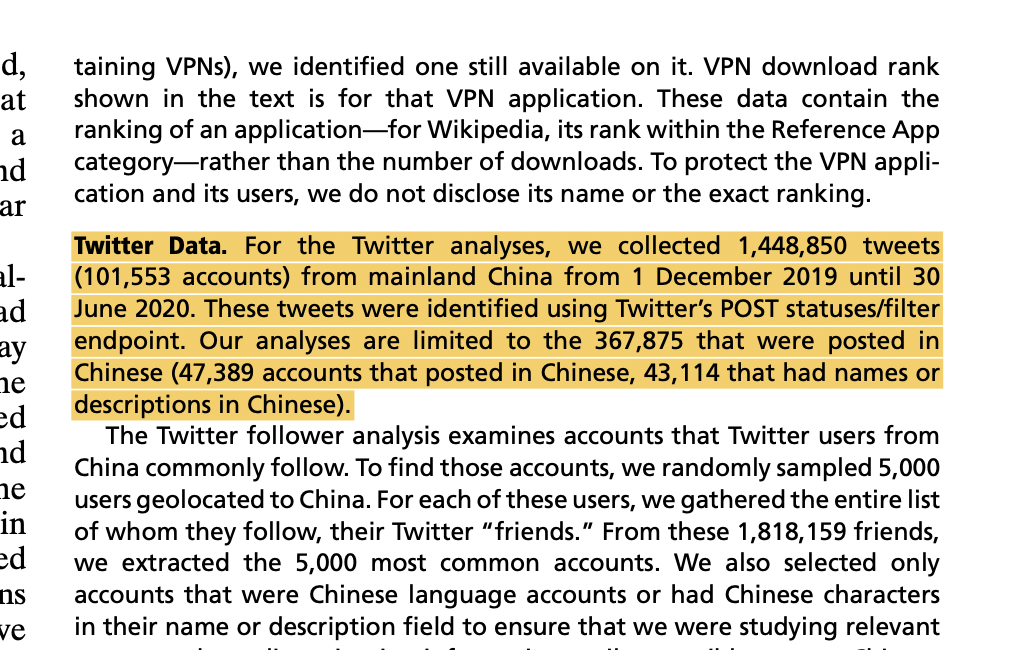
Social media tracking… how?
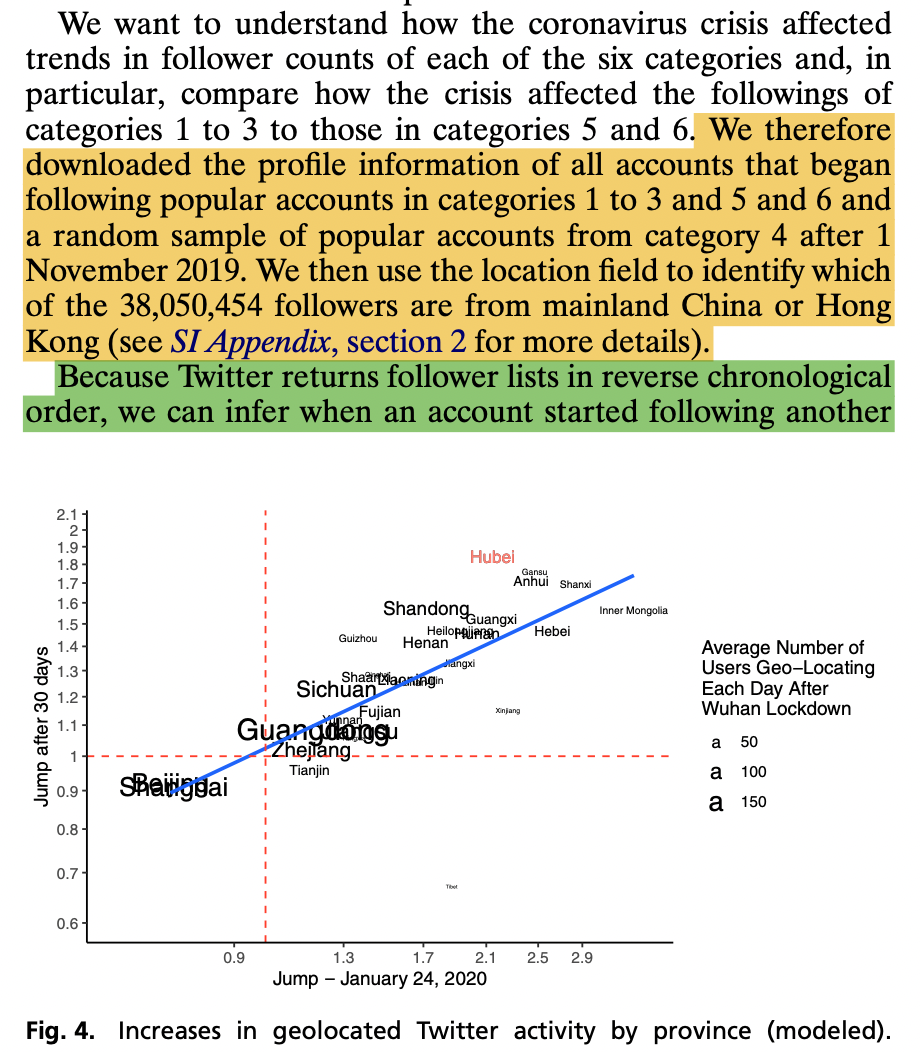
…but why is NLP relevant here?
Natural Language Processing refers to;
- The computational restructuring, labelling, and analysis of text
…but why is NLP relevant here?
And most of these data come in the form of… text!
So what can NLP help us do?
- The construction of similarity scores
So what can NLP help us do?
An example:
“We are all very happy to be at a lecture at 11AM”
“We are all even happier that we don’t have a lecture next week”
- How do these compare?
Word-level

Document-level
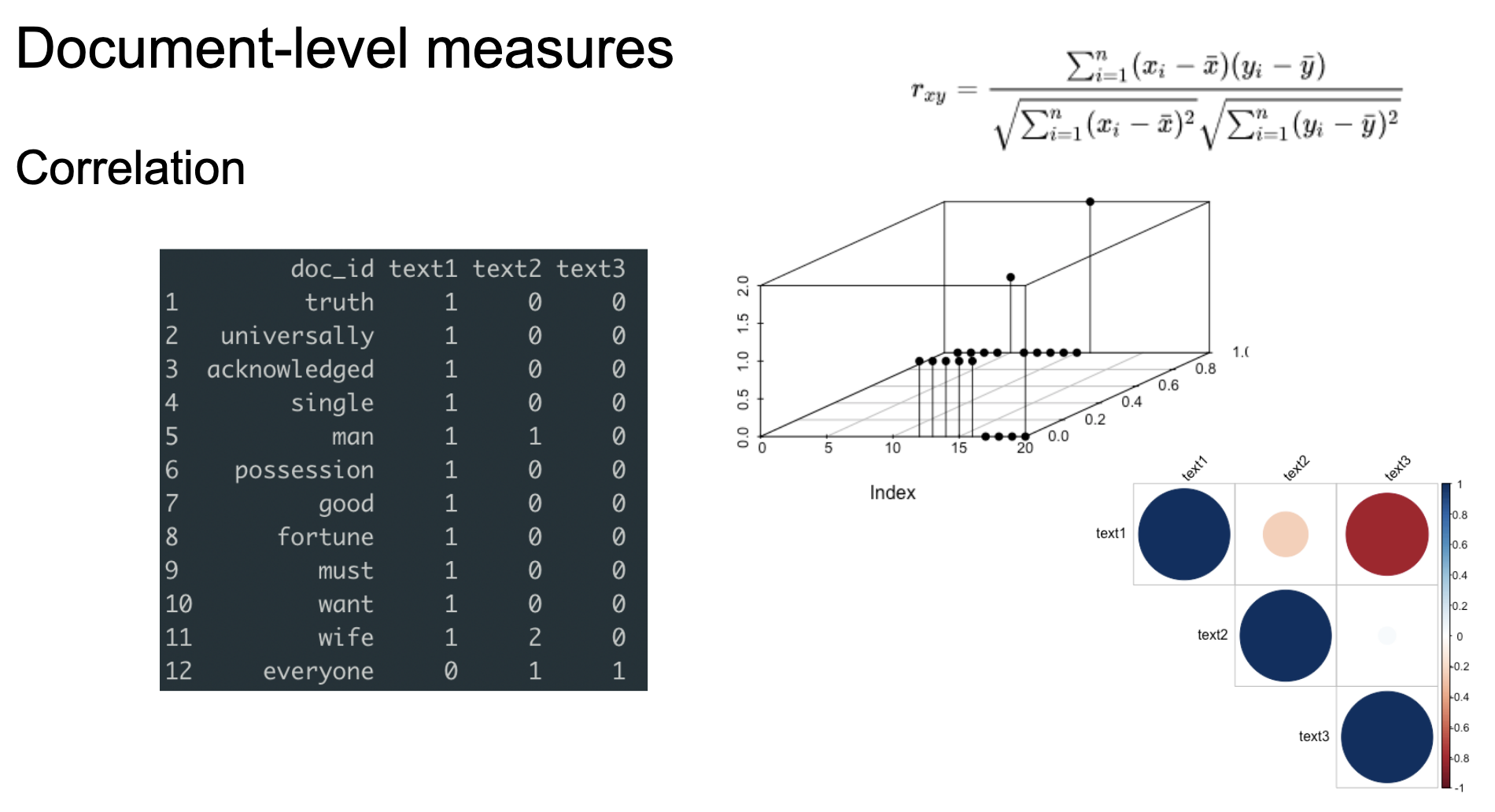
Other measures…
Euclidean distance √∑(a - b)2
Manhattan (Block) distance ∑(a - b)
Cosine similarity ∑(ab)/√(∑a2)(∑b2)
Jaccard similarity (a∩b/a∪b) = |a∩b| / |a|+|b|−|a∩b|
Back to conspiracy theories
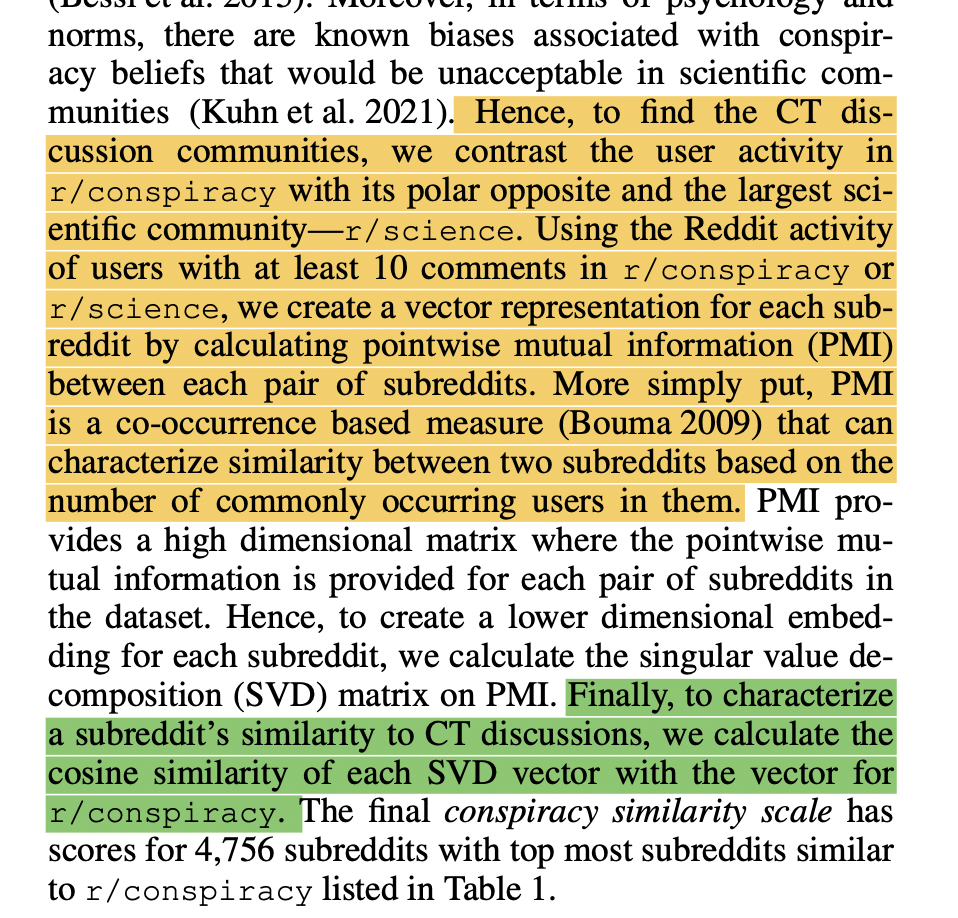
But it’s not just similarity…
Sentiment
- Examples
Scaling
- Examples
Clustering
- Examples
Embedding
- Examples
A note on computational thinking
This week:
- Using the “always-on” nature of digital data to document temporal dynamics
- Automating the understanding of language… Come to my other course!
References
Alshaabi, Thayer, Jane L. Adams, Michael V. Arnold, Joshua R. Minot, David R. Dewhurst, Andrew J. Reagan, Christopher M. Danforth, and Peter Sheridan Dodds. 2021. “Storywrangler: A Massive Exploratorium for Sociolinguistic, Cultural, Socioeconomic, and Political Timelines Using Twitter.” Science Advances 7 (29): eabe6534. https://doi.org/10.1126/sciadv.abe6534.
Cao, Andy, Jason Lindo, and Jiee Zhong. 2022. “Can Social Media Rhetoric Incite Hate Incidents? Evidence from Trump’s "Chinese Virus" Tweets.” https://doi.org/10.3386/w30588.
Waller, Isaac, and Ashton Anderson. 2021. “Quantifying Social Organization and Political Polarization in Online Platforms.” Nature 600 (7888): 264–68. https://doi.org/10.1038/s41586-021-04167-x.
Social media tracking… why?
“always-on” means we can study phenomena otherwise hard to capture:
protest
culture
radicalization